Search
Remove Ads
Advertisement
Summary 
Loading AI-generated summary based on World History Encyclopedia articles ...
Search Results
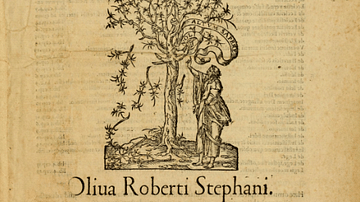
Article
Scripture, Faith, the Sacraments, and the Holy Spirit in Calvin’s Institutes
The Protestant Reformation was a period of religious history marked by a great defining, debating, and divergence on what it meant to be an orthodox, faithful Christian. To this end, many theologians offered their own explanations of the...
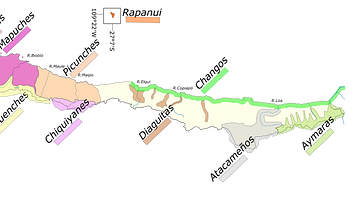
Article
Indigenous Intercultural Health in Chile
Since the return to democracy in Chile in 1990 CE, the new governments have dealt with one of the great historical debts of the Chilean state, its relationship with the indigenous peoples. These peoples have been historically marginalized...
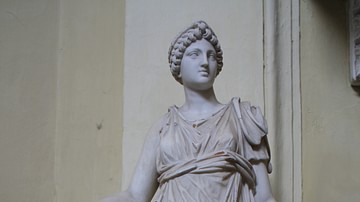
Article
Hygieia, the Goddess of Health
Modern medicine has its origin in the ancient world. The oldest civilizations used magic and herbs to cure their sick people, but they also used religion to free them from harm and to protect their health. The medical care of today has its...
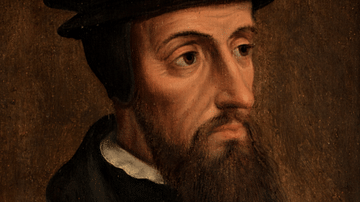
Definition
John Calvin
John Calvin (l. 1509-1564) was a French Reformer, pastor, and theologian considered among the greatest of the Protestant Reformation along with Martin Luther (l. 1483-1546) and Huldrych Zwingli (l. 1484-1531). Calvin synthesized the differing...

Image
Calvin's Institutes of the Christian Religion Title Page
The title page of the 1559 fourth edition of Institutes of the Christian Religion by John Calvin (l. 1509-1564), the French Reformer, pastor, and theologian.

Video
Health Care and Epidemics in Antiquity: The Example of Ancient Mesopotamia
June 26, 2006 Walter Farber, Professor of Assyriology, University of Chicago From the "Epidemics Then & Now: Infectious Diseases Around the World," the 2006 University of Chicago Summer Institute for Educators. Co-sponsored by the Center...

Video
10 Powerful Medicinal Plants of Native Americans: Ancient Wisdom for Modern Health | Blissed Zone
In this captivating video, explore the fascinating world of Native American medicinal plants and their healing properties. Join us as we delve into the traditional knowledge and practices of various tribes, uncovering the daily use of plants...
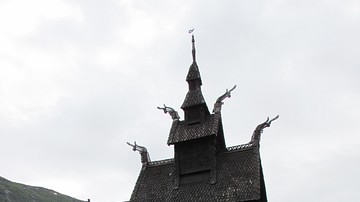
Article
Stave Churches: Norway’s National Treasures
Stave churches are the most famous medieval buildings in Norway and are admired for their unique architecture and beautiful decorations. They are named after the staves or masts that hold up the main structure of the church. Only 28 stave...

Image
Baroque, Age of Contrasts, Swiss National Museum
A photograph showing part of the exhibition space of the 2022-23 exhibition Baroque, Age of Contrasts in the Swiss National Museum, Zürich.
©Swiss National Museum (used with permission)
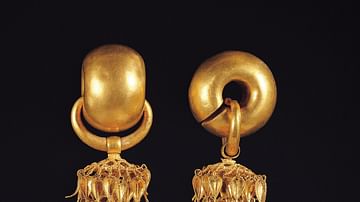
Image
Silla Gold Earrings, National Treasure 52
5-6th century CE gold earrings from the Silla Kingdom (57 BCE - 668 CE) of south-eastern Korea. From a tomb in the Gyeongju area. National Treasure No. 52. (National Museum of Korea, Seoul, South Korea)